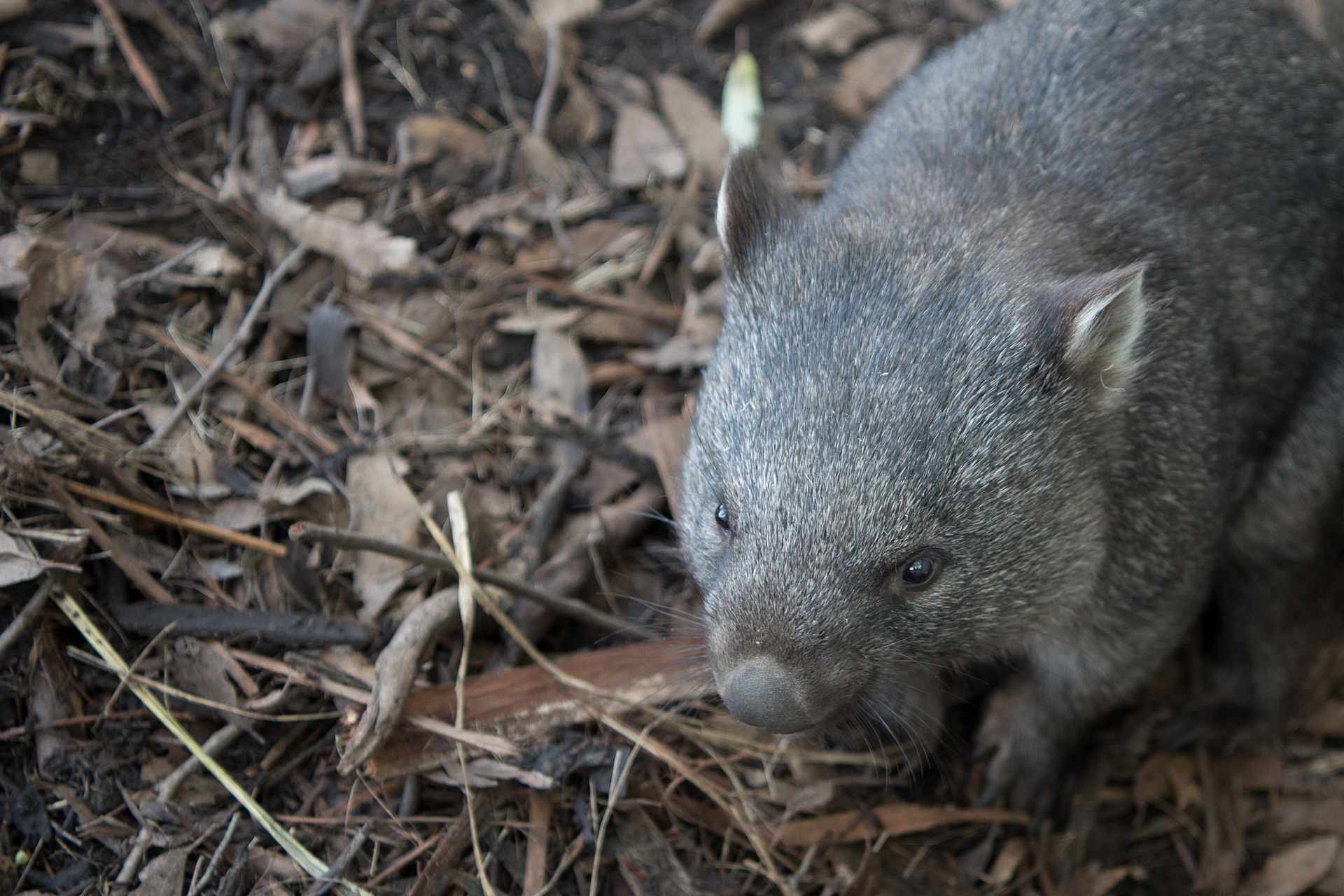They are the only animals in the world that produce cube-shaped poop
Wombats, the burrowing marsupials native to Australia, have a unique distinction in the animal kingdom: they’re the only known animals that produce cube-shaped droppings.
This peculiar characteristic puzzled scientists for years until recent research began uncovering the biological mechanisms behind it. Dr. Patricia Yang, a mechanical engineer at the Georgia Institute of Technology specializing in bodily fluids, became intrigued by this phenomenon after learning about it at a scientific conference.
Initial theories focused on behavioral explanations. Many believed wombats intentionally shaped their cubic droppings to prevent them from rolling away when marking territory. However, Dr. Mike Swinbourne, a wombat expert at the University of Adelaide in Australia, challenged this popular misconception.
According to Swinbourne, wombats simply defecate where necessary, without deliberately stacking or arranging their droppings. He noted that the cubic shape appears more pronounced in arid environments where wombats have limited access to water. When the animals have better access to hydration, their droppings become less distinctly cubic, suggesting moisture content plays a role in the formation process.
To investigate the physiological basis of this phenomenon, Yang and her research team conducted studies using the intestinal tissues from wombats that had been killed in road accidents in Australia. While they initially speculated that wombats might have square-shaped anal openings, their research revealed something far more interesting: the unique properties of the wombat’s intestinal tissue.
Through comparative studies with pig intestines, the team made a breakthrough discovery. While pig intestines showed uniform elasticity, producing round droppings, wombat intestines featured two distinct grooves with varying elastic properties. Yang’s team demonstrated that these grooves, combined with intestinal pressure during digestion, help mold the droppings into their characteristic cubic shape.
Swinbourne praised this research as the first convincing biological explanation for the cubic droppings. However, Yang acknowledges that several questions remain unanswered, and research continues to fully understand this unique adaptation.
The study not only helps explain a biological curiosity but also demonstrates how evolutionary adaptations can produce unexpected results through mechanical processes in living systems.
Source National Geographic

